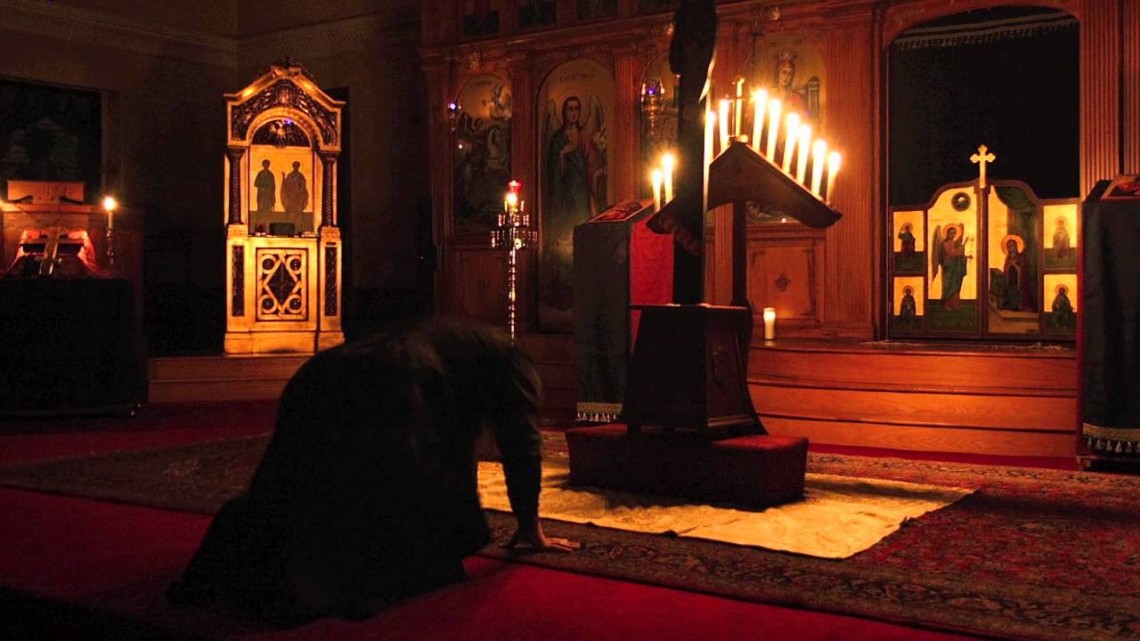From time to time, I like to explore how practices from the secular practice of mindfulness can enrich and draw our attention to aspects of the Christian tradition which go neglected. Recently, I was talking with a well-known scholar, and he mentioned his view that mindfulness was often discussed in the Christian tradition under the title of “recollection.” While we need to be cautious about saying that every aspect of secular and Buddhist understandings of mindfulness are exactly equivalent to various components of Christian meditation, the reality is that both have a deep tradition of understanding the interrelated nature of mind, body, and spirit.
With that in mind, I want to draw out some of the practical aspects of an integrated view which takes the best of mindfulness and shows how it is related and can be integrated into a Christian prayer practice. These 4 steps can be helpful in holding such a view.
1) Observe
Here is where the mindfulness literature can have its best application. Psychologists and experienced meditators who advocate for mindfulness talk about having a “non-judgmental awareness of experience.” This involves our ability to look at both our bodily sensations and our interior life without applying pre-packaged and convenient labels. Often, we get into trouble because we tend to ruminate and create more anxiety when we are confronted by unpleasant sensations. Observing with a non-judgmental awareness helps us to move beyond our raw instincts and come to a place of stillness, even in the midst of suffering.
Also, such an observation can be incredibly helpful when dealing with temptation (see http://www.contemplatio.us/4-steps-that-lead-to-sin/). Cultivating such awareness does not mean, however, that we give into temptation. Rather, it helps us to get to the root of sin and allow Christ’s love to enter our experience in its earliest stages.
2) Relate the Experience to Jesus
This need not be completely analytical and precise. In many ways, we can use our imagination and other discursive and affective faculties to present our experience to the Lord with complete openness. In this way, we must learn to bring everything to the Lord and learn to hear what he wants to say.
3) Receive
Having presented our experience to the Lord, we now need to give space for the Holy Spirit to inspire within us different movements of the heart. Through an intuition nourished and grounded in the Sacred Scripture and the Magisterium, we can develop an awareness of how the Lord speaks to each one of us.
4) Respond
Having received, we now respond in whatever way the Holy Spirit engenders in us.
5) Let go
In time, the more we observe and process our experience, there comes a time when we must learn to reject those patterns of thinking, feeling, and desiring which lead us into sin and toxic rhythms of unhealthy introspection.
The goal in all of this is to cultivate what the Ignatian tradition calls spiritual freedom. Such freedom means that we come to a place in which we are no longer ruled by our surface emotions and our limited perspectives, but rather are opened to the infinite love of Jesus Christ, allowing his presence to inform and guide our actions.














No Comment